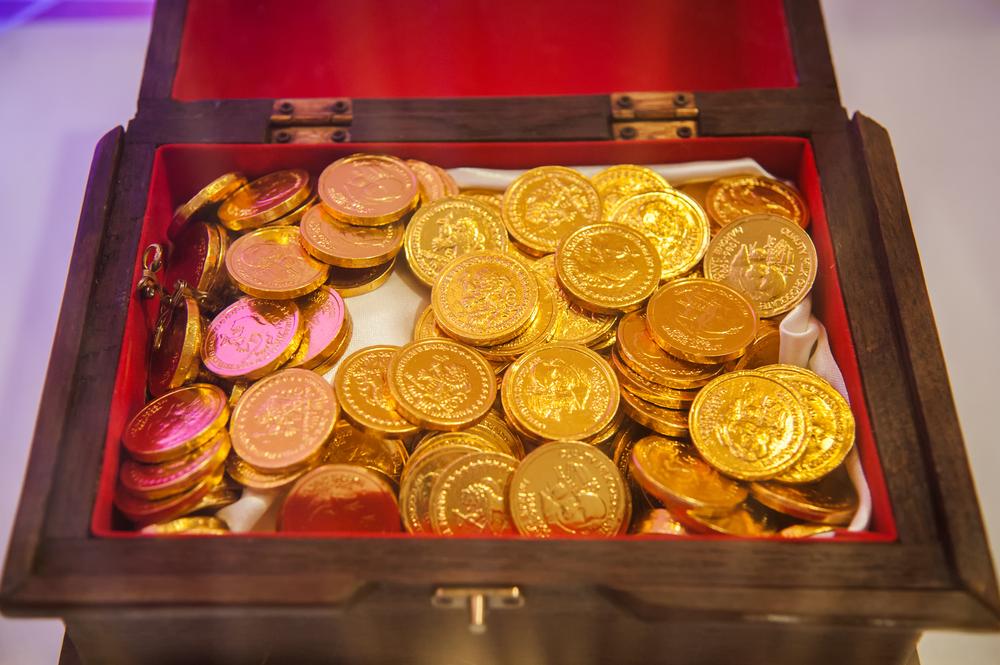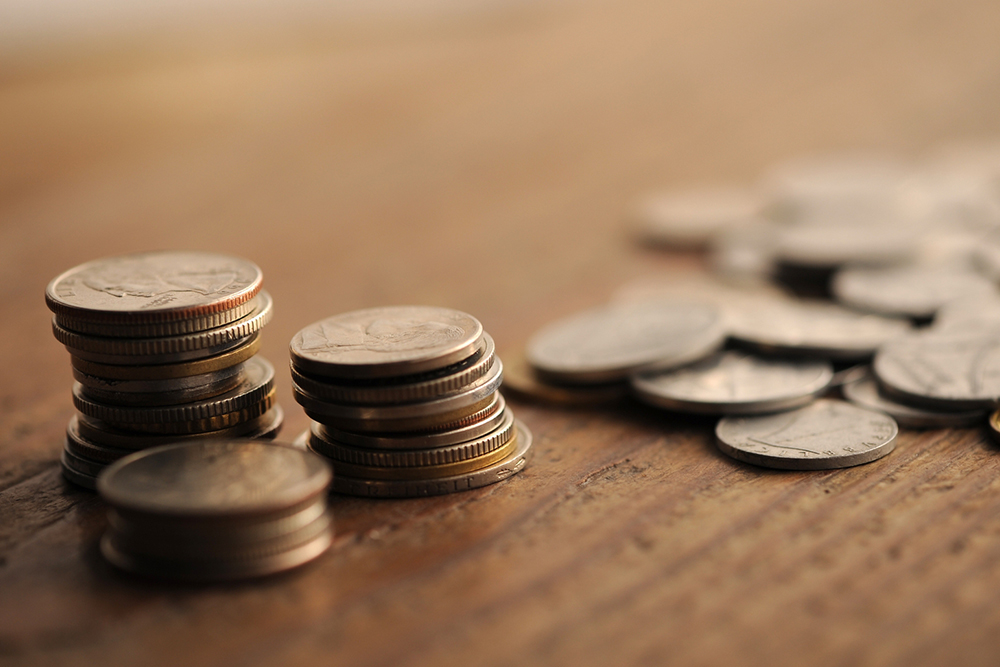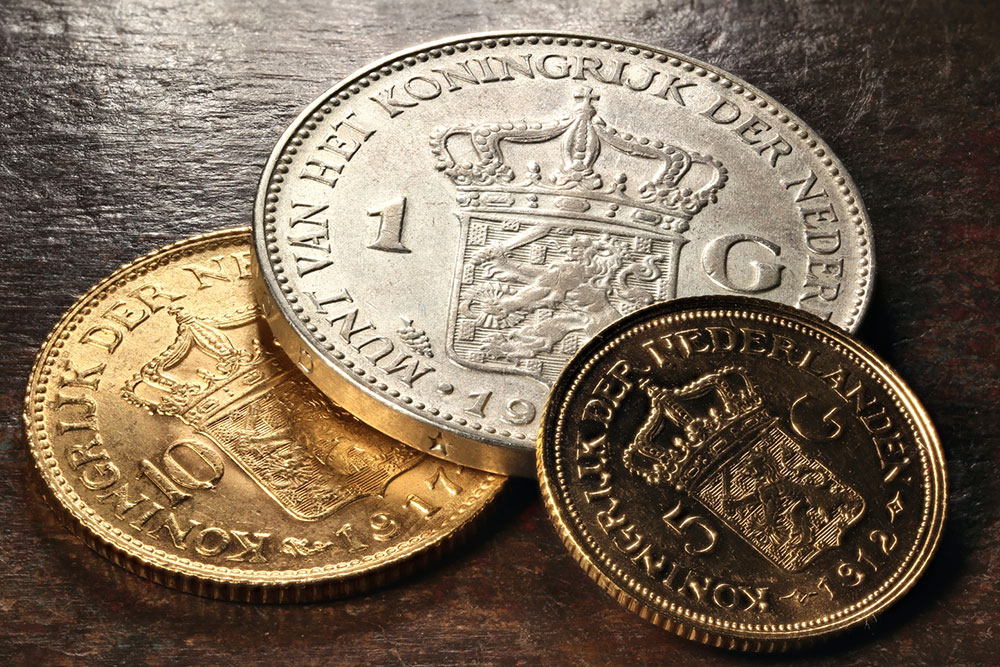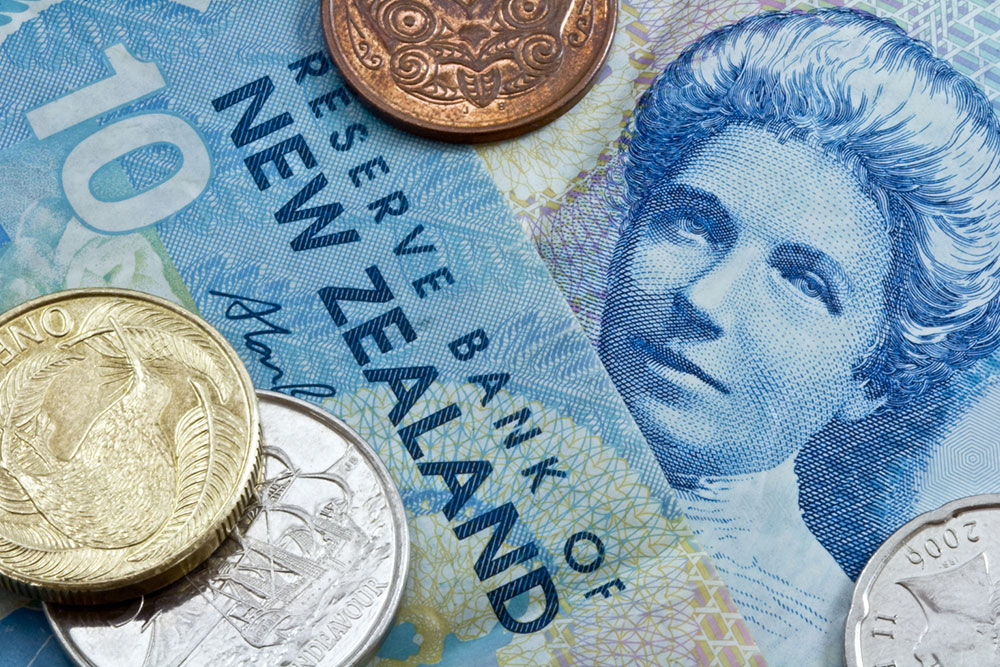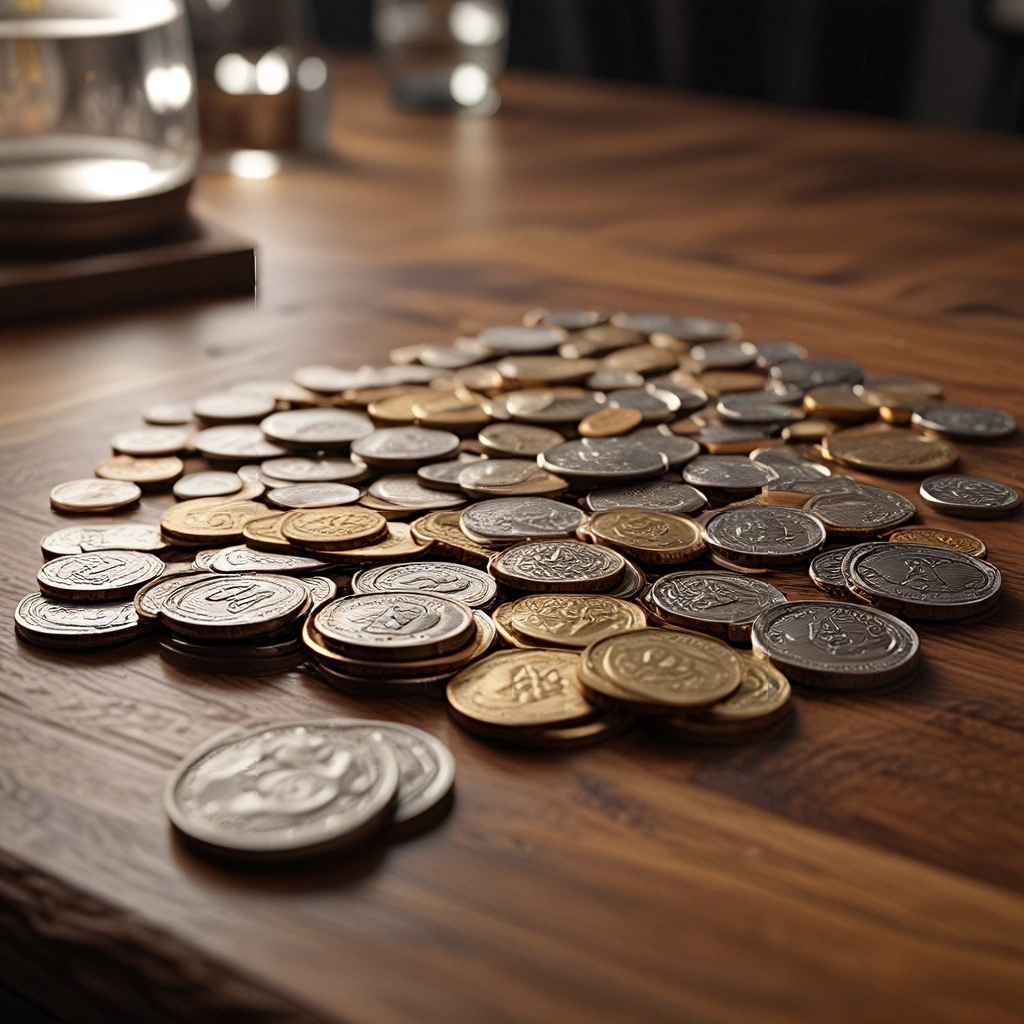Guide to Collecting Valuable Indian Coins and Key Tips
This comprehensive guide explores valuable Indian coins, highlighting rare specimens and providing practical tips for collectors. It covers identifying mint marks, evaluating authenticity, preservation advice, and where to buy or sell coins. Perfect for beginners and enthusiasts, the article helps build a valuable coin collection while avoiding common pitfalls. Learn to discover hidden treasures within your own home and understand what makes certain coins exceptionally valuable, ensuring your collecting experience is rewarding and enjoyable.
Guide to Collecting Valuable Indian Coins and Key Tips
Numismatics, or coin collecting, has long been a cherished hobby worldwide. While locating rare coins during daily transactions is uncommon, enthusiasts often buy specific coins for their potential value. Understanding which Indian coins are rare and how to identify them can make collecting more rewarding. This guide highlights some of India's most valuable coins and provides practical tips for collectors looking to build a meaningful collection.
Notable Rare Indian Coins
1891 Victoria Empress Quarter Rupee Coin
Minted at Mumbai during British rule, this coin is highly sought after by collectors.
Jahangir One Rupee Silver Coin
Dated between AH 1014-1037 (1605-1627 AD), this silver coin from the Mughal era was produced in Ahmedabad.
Sikh Empire Copper Paisa with Trishul & Leaf Mintmark
Featuring Gurmukhi inscriptions, this coin originates from the pre-independence Sikh Empire.
Gadwal One Rupee Silver Coin
Minted in Hyderabad’s Gadwal region, this coin weighs approximately 9 grams and is a rare example from princely India.
1862 Victoria Silver Coin with Pineapple Design
Displays a floral pattern with three small pineapples above the denomination, marking its uniqueness.
Error 1916 George V Silver Rupee
Notable for its double strike on the reverse side, increasing its rarity.
1910 Half Rupee from Calcutta
Minted during Edward VII's reign, this coin is a valuable piece from British India.
Alamgir II Silver Rupee from Mewar
Originating from 1162 AD, this coin was minted in Bhilwara, a city in Mewar.
50 Rupees Commemorative Coin (1975)
Featuring a diamond mintmark, this coin celebrates FAO Women's Year with a message of development and peace.
Gwalior Battle Axe Silver Coin
Inscribed with 'In the name of Shah Alam II,' this coin bears the symbol of a battle axe and showcases princely craftsmanship.
Tips for Collecting Valuable Indian Coins
Start at Home
Many Indian households preserve old coins passed down through generations, often dating back 100-150 years. These coins—typically from British India or princely states—can be identified by Roman or Devanagari script, and older coins may bear Persian inscriptions with Hijri dates converted to Gregorian years for dating.
Determine Rarity and Value
Not all old coins are valuable. Comparing your coins with images from online databases and auction catalogs helps identify rare specimens. Look for unique features, mint marks, and condition to estimate worth.
Identify Minting Locations
Coins from different mints display specific marks. British Indian coins often feature symbols like diamonds or dots under the date, while earlier coins might only carry city names such as Delhi, Lahore, or Agra. Checking online resources can help pinpoint each mint mark.
Buying and Selling
Numismatics fairs and local auction houses are excellent venues for transactions. Avoid online dealers unless thoroughly verified to prevent scams. Staff at auction houses can authenticate coins and assess value for first-time collectors.
Proper Preservation
Keep your collection in pristine condition by storing coins in acid-free holders and protective cases. Handle coins with soft gloves to prevent oil or dirt transfer, and avoid harsh chemicals. Regular gentle cleaning with mild soap and soft cloth helps maintain their appearance.
Set a Budget
Coin collecting can become costly. Establish a spending limit to avoid overspending and ensure your hobby remains enjoyable and sustainable.

